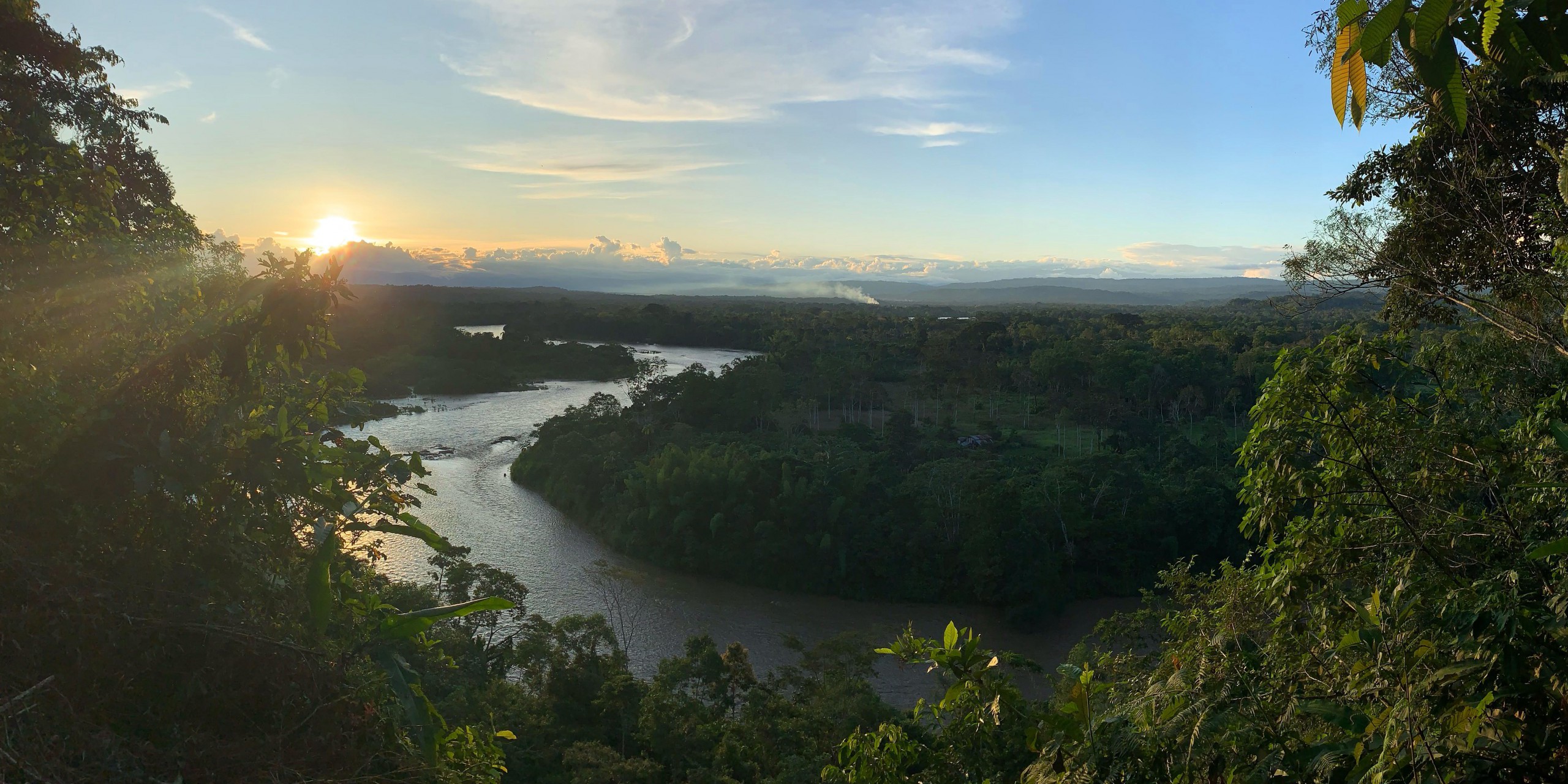
Nouvelles récentes et actualités
Connectez avec la LASA
L'Association des Études Latino-Américaines (LASA) est la plus importante association professionnelle au monde, rassemblant des individus et des institutions engagés dans les études sur l'Amérique latine. Avec plus de 13 000 membres, dont quasi 60% provenant de l’extérieur des États Unis, LASA est la plus importante association professionnelle, regroupant des spécialistes de l’Amérique latine d’à travers le monde et de toutes les disciplines et professions. En savoir plus

